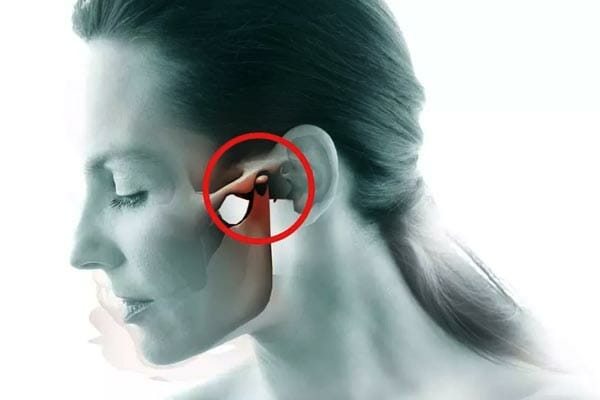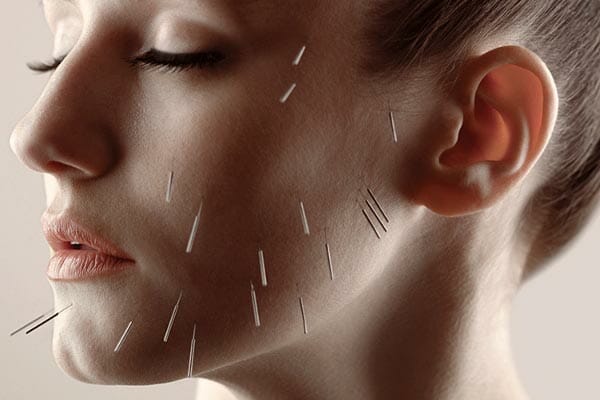
Introduction:
Living with TMJ syndrome can be an incredibly frustrating experience. The chronic pain, discomfort, and limitations it imposes on your daily life can leave you feeling helpless and desperate for effective treatment. As medical doctors who understands your struggles, we are here to provide you with both compassion and information to help you better comprehend TMJ syndrome and explore the various treatment options available.
Understanding TMJ Syndrome:
Temporomandibular Joint (TMJ) syndrome refers to a collection of symptoms that affect the jaw joint and the surrounding muscles responsible for chewing and jaw movement. This complex joint connects your jawbone to your skull, allowing you to perform essential functions like talking, chewing, and yawning. However, when problems arise within this joint, it can lead to a range of uncomfortable symptoms.
Common Symptoms of TMJ Syndrome:
1. Jaw pain or tenderness: Persistent pain in the jaw area, which can radiate to the neck and shoulders.
2. Clicking or popping sounds: Audible noises during jaw movement.
3. Limited jaw movement: Difficulty opening or closing the mouth fully.
4. Headaches: Frequent headaches, often starting from the temples or behind the eyes.
5. Earache: Pain or pressure in the ears, sometimes accompanied by tinnitus (ringing in the ears).
6. Facial pain: Discomfort in the cheeks, temples, or jaw muscles.
7. Lockjaw: The jaw can get stuck or locked in an open or closed position.
Causes of TMJ Syndrome:
The precise cause of TMJ syndrome can vary from person to person, and in many cases, it may be multifactorial. Some common causes and contributing factors include:
1. Teeth grinding and jaw clenching (bruxism): Often a result of stress or anxiety, this habit can place excessive strain on the jaw joint.
2. Trauma or injury: A direct blow to the jaw or whiplash can lead to TMJ problems.
3. Arthritis: Various forms of arthritis, such as osteoarthritis or rheumatoid arthritis, can affect the TMJ.
4. Malocclusion (bite problems): Misalignment of the teeth and jaw can disrupt the smooth movement of the jaw joint.
5. Muscle tension: Chronic muscle tension in the jaw and face can contribute to TMJ symptoms.
Compassionate Treatment Options:
It is important to note that TMJ syndrome is a treatable condition, and with the right approach, many patients find relief from their symptoms. However, finding the most effective treatment plan often involves a combination of approaches tailored to your specific needs. Here are some compassionate treatment options worth exploring:
1. Self-care measures:
– Applying heat or ice packs to the affected area to alleviate pain and reduce inflammation.
– Eating soft foods to minimize jaw stress.
– Practicing relaxation techniques, such as deep breathing and meditation, to relieve muscle tension.
2. Medications:
– Over-the-counter pain relievers (e.g., acetaminophen or ibuprofen) can temporarily alleviate pain.
– Muscle relaxants prescribed by your healthcare provider can help relieve muscle tension.
– In some cases, tricyclic antidepressants or anti-anxiety medications may be prescribed to manage chronic pain and associated psychological distress.
3. Dental treatments:
– Orthodontic treatment to correct bite problems and improve jaw alignment.
– Dental splints or mouthguards to reduce teeth grinding and jaw clenching, especially at night.
4. Physical therapy:
– Gentle stretching exercises to improve jaw mobility and strengthen supporting muscles.
– Massage and other manual therapy techniques to relieve muscle tension.
– Posture correction and ergonomics training toensure proper alignment and reduce strain on the jaw joint.
5. Behavioral therapies:
– Cognitive-behavioral therapy (CBT) can help manage stress and anxiety, reducing bruxism and muscle tension.
– Biofeedback techniques provide real-time information about muscle activity, allowing you to learn to relax specific muscles associated with TMJ symptoms.
6. Alternative therapies:
– Acupuncture may help alleviate pain and promote relaxation.

– Chiropractic adjustments and osteopathic manipulative treatment can provide relief by addressing alignment issues and reducing muscle tension.
7. Surgical interventions (in severe cases):
– Arthrocentesis: A minimally invasive procedure involving the insertion of needles to irrigate and flush out the joint, reducing inflammation.
– Arthroscopy: A surgical procedure using a small camera to visualize and treat joint abnormalities.
– Open-joint surgery: Reserved for severe cases when other treatments have failed. This procedure involves opening the joint and addressing structural issues.
Empowering Yourself and Seeking Support:
While seeking treatment options, it’s important to remember that every patient’s experience with TMJ syndrome is unique. What works for one person may not work for another. Patience and perseverance are key as you navigate your journey to finding effective relief.
Additionally, joining support groups or seeking therapy from professionals who specialize in chronic pain can provide you with a safe space to share your experiences and gain emotional support. Remember, you are not alone, and reaching out for support can make a significant difference in your overall well-being.
Conclusion:
Living with TMJ syndrome can be challenging, but there is hope. With a compassionate and informed approach, you can explore various treatment options to find the relief you deserve. Remember to consult with a healthcare professional who specializes in TMJ disorders to create a personalized treatment plan that addresses your specific needs.
While there is no universal cure for TMJ syndrome, many patients experience significant improvement in their symptoms with a combination of self-care measures, medication, dental treatments, physical therapy, behavioral therapies, and in severe cases, surgical interventions. Don’t give up on your pursuit of a pain-free life.
Be patient with yourself and the treatment process, and remember that healing takes time. With the right support, determination, and a comprehensive treatment plan, you can regain control of your life and find relief from the burdens of TMJ syndrome.
